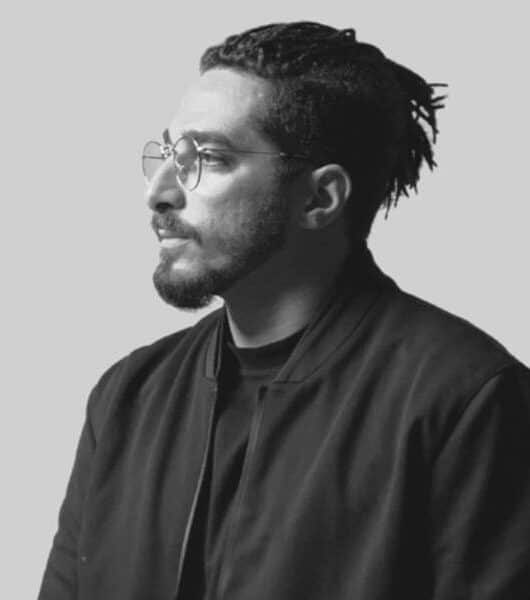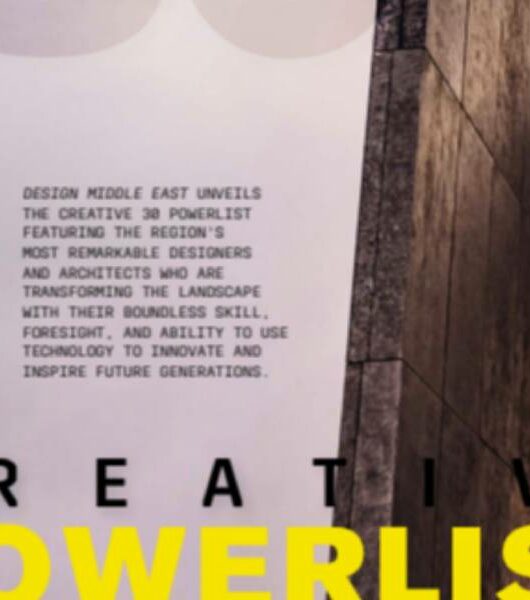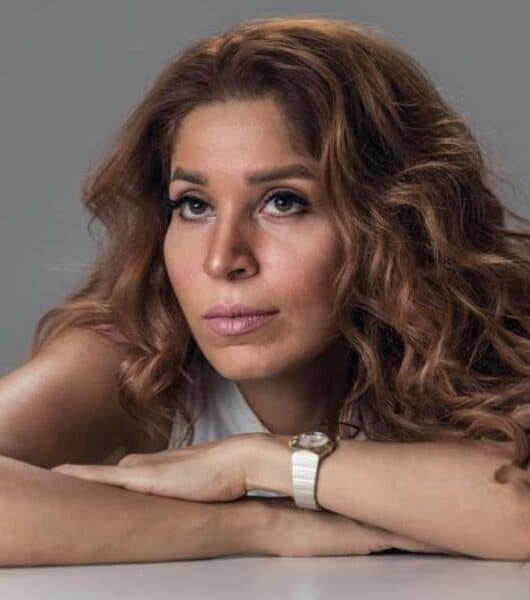Powerlist Creative 30 2023: Sandra WOODALL Design Principal TANGRAMMENA

Sandra is a well-known British architect and urbanist who has lived and worked in the UAE for nearly three decades. She leads tangram architects’ MENA region studio, described as “a practice that pushes the boundaries of design, with sustainability at its’ core”, and who were recognised as the “Middle East Architecture Firm of the Year 2019”, by Middle East Economic Digest.
Sandra is a Fellow of the Royal Institute of British Architects, the UK’s Academy of Urbanism, and is the RIBA Regional Ambassador for Sustainability, and was recently recognised by the UAE Government for her pioneering contribution towards sustainability and climate technology.
She first moved to the UAE to work on the analysis, review, and development of the Al Ain City master plan, which was the fastest changing city in the Gulf in the mid 1990’s. Living in this desert town sparked a lifelong passion for expanding one’s understanding of desert urbanism and delivering regionally noteworthy projects that respect and respond to local climatic, environmental, cultural, social, and sustainability concerns.
Her subsequent project work spans from the usage of traditional materials and methods of construction in the regeneration and development of the historic Arts and Heritage Area of Sharjah, following traditional coral stone and timber construction techniques and practices. She then went on to deliver the first greenroofed government building in Dubai as part of the development and introduction of the Green Building Regulations and Specifications across the Emirate, for which tangram realised 11 social infrastructure projects in seven years. This scheme commenced Dubai Municipality’s conducting technical studies for green roofs system for buildings in Dubai and in 2009 announced their long-term strategy for sustainable design in the Emirate.

Sandra is currently designing for health reform in North Africa with a new Women and Children’s Cancer Care Hospital that incorporates nature-based designs into the building, forming an essential extension to the patient and staff spaces that promote the connection of humans with nature.
Located on the outskirts of the forest of Zeralda, at the foot of the Atlas Mountains, which inspired and gave guidance for landscaping and the usage of natural materials throughout.
An atrium is carved out creating a main entrance hall that brings in natural light to the public waiting spaces below, this is supplement internally by a circadian lighting system in the depths of the nuclear medicine department, to deliver “cool” blue light during the day that transitions to “warm,” low-intensity light in the evening reinforcing the body’s natural rhythms to promote health and well-being.
Innovatively, paediatric isolation pods are embedded into this landscape with panoramic views, in a patient-centric approach, to allow those unable to leave their rooms to be cocooned by nature, promoting recovery for immunosuppressed children who often face lengthy and isolated in-patient stays. Integrating the natural world into the recovery spaces to enhance and promote healing, internal environmental comfort, and well-being through a design which helps shape all user experiences and patient outcomes. This scheme was recently exhibited by the UK’s Architects for Health (AfH) to showcase what makes a good health building with new health thinking and pushes the boundaries of healthcare design.
Currently, Sandra is overseeing the development of tangram’s latest studio, tangramMETA a technology start-up, formed to deliver designs for an “Hospital of the Future” programme that harnesses the potential of digital technologies and Augmented Intelligence to create virtual reality spaces.







